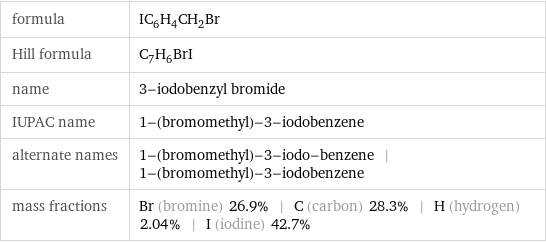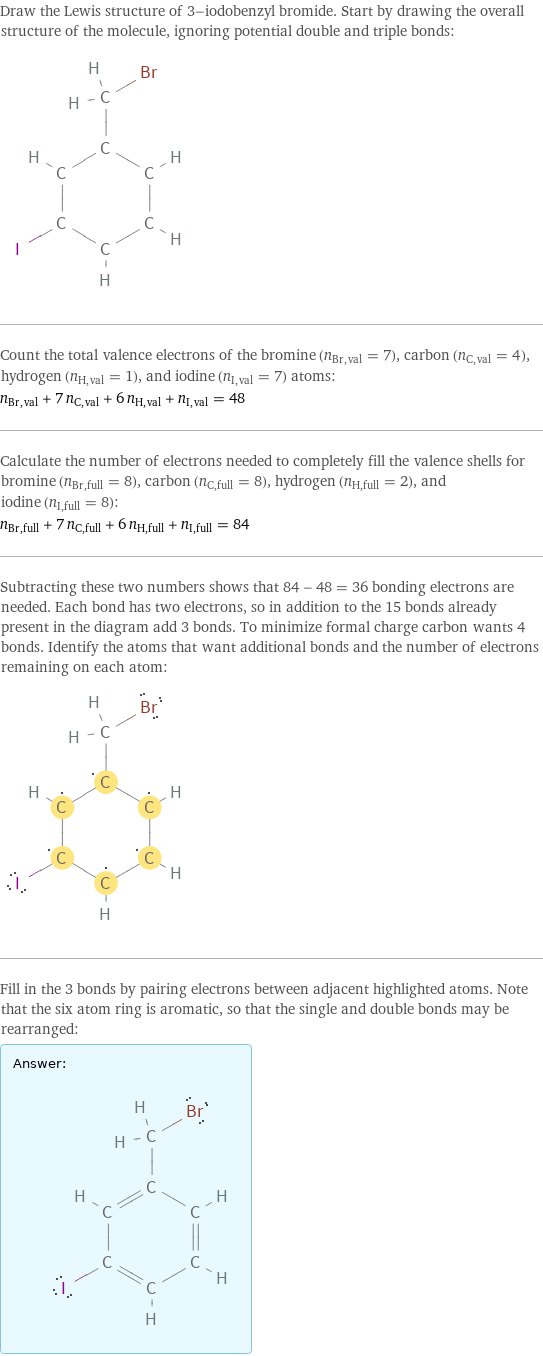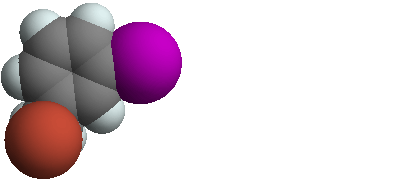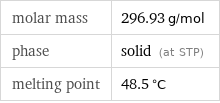Input interpretation

3-iodobenzyl bromide
Chemical names and formulas

formula | IC_6H_4CH_2Br Hill formula | C_7H_6BrI name | 3-iodobenzyl bromide IUPAC name | 1-(bromomethyl)-3-iodobenzene alternate names | 1-(bromomethyl)-3-iodo-benzene | 1-(bromomethyl)-3-iodobenzene mass fractions | Br (bromine) 26.9% | C (carbon) 28.3% | H (hydrogen) 2.04% | I (iodine) 42.7%
Lewis structure

Draw the Lewis structure of 3-iodobenzyl bromide. Start by drawing the overall structure of the molecule, ignoring potential double and triple bonds: Count the total valence electrons of the bromine (n_Br, val = 7), carbon (n_C, val = 4), hydrogen (n_H, val = 1), and iodine (n_I, val = 7) atoms: n_Br, val + 7 n_C, val + 6 n_H, val + n_I, val = 48 Calculate the number of electrons needed to completely fill the valence shells for bromine (n_Br, full = 8), carbon (n_C, full = 8), hydrogen (n_H, full = 2), and iodine (n_I, full = 8): n_Br, full + 7 n_C, full + 6 n_H, full + n_I, full = 84 Subtracting these two numbers shows that 84 - 48 = 36 bonding electrons are needed. Each bond has two electrons, so in addition to the 15 bonds already present in the diagram add 3 bonds. To minimize formal charge carbon wants 4 bonds. Identify the atoms that want additional bonds and the number of electrons remaining on each atom: Fill in the 3 bonds by pairing electrons between adjacent highlighted atoms. Note that the six atom ring is aromatic, so that the single and double bonds may be rearranged: Answer: | |
3D structure

3D structure
Basic properties

molar mass | 296.93 g/mol phase | solid (at STP) melting point | 48.5 °C
Units

Chemical identifiers

CAS number | 49617-83-6 PubChem CID number | 2759361 PubChem SID number | 24866775 SMILES identifier | C1=CC(=CC(=C1)I)CBr InChI identifier | InChI=1/C7H6BrI/c8-5-6-2-1-3-7(9)4-6/h1-4H, 5H2 MDL number | MFCD00019016
Safety properties

flash point | 110 °C